|
|
The history of cord blood and tissue banking dates back to the early 1990’s when three private cord blood banks were formed within the United States. These banks were Cord Blood Registry, Cryo-Cell, and Viacord, all of which are AABB accredited banks. Shortly thereafter, cord blood banks began forming in leading healthcare markets worldwide.
In this article:
- Differences among Cord Blood Banks
- History of Cord Blood Storage
- History of Cord Tissue Storage
- Types of Perinatal Stem Cell Storage
There are a number of differences that exist among cord blood banks. First, there is the divide between private and public cord blood banking, in which private companies serve individual families, while public banks serve the broader population.
Second, some cord blood banks receive only units from nearby hospitals and birthing centers, while others allow mail-in units from a diverse geographic region.
There is also variation in the services offered by private cord blood banks, with cord tissue storage emerging as a commercial service much later than cord blood banking.
History of Cord Blood Storage
1988 was the first year that a cord blood transplant was performed. By 1992 the first cord blood unit was stored by Cryo-Cell International.
Since that time, there have been over 40,000 umbilical cord blood transplants performed and more than 5 million cord blood units stored in cord blood banks worldwide.
Over the past 30 years, cord blood banks have spread worldwide, reaching approximately 450 market competitors today. Prior to aggressive industry consolidation over the past 5-6 years, the number had been as high as 500.
History of Cord Tissue Storage
Cord tissue storage was first introduced as a commercial service in 2008, when a Taiwanese company, HealthBanks Biotech Company Ltd., began offering the service – making it the first company worldwide to do so.
HealthBaby, a Hong Kong based company subsequently launched the service in 2009. Another Hong Kong based company, Cryolife, also added the service in 2009. As such, Asia is recognized as the geographic region within which umbilical cord tissue preservation first became a prevalent service.
Within the United States, the Cord Blood Registry was the first private company to begin offering cord tissue storage to complement its cord blood banking services, as it added the service in July of 2010.
Worldwide, cord tissue storage has now become commonplace, with nearly two-thirds of cord blood banks worldwide offering the service.
Because cord tissue storage first emerged within Asia, then within the U.S., and finally expanded to other regions, it indicates why cord blood banks should track global trends. Medical, technical, and strategic advances within one region of the world move rapidly from region to region.
Types of Perinatal Stem Cell Storage
In addition, many cord blood banks now offer other types of perinatal tissue storage, to include placental banking (LifebankUSA, Americord Registry), menstrual stem cell banking (Cryo-Cell International), and amniotic tissues (Amnion Foundation).
Some cord blood banks even act as diversified stem cell banks, offering processing and storage services for a wide range of adult stem cell types, to include:
- Adipose-derived stem cells
- Bone marrow derived stem cells
- Dental pulp stem cells
An example of this diversified model of stem cell banking was the cord blood bank Precious Cells, based in London, UK. However, it went out of business in mid-2018. A current example is ReeLabs in India, which stores stem cells from more than 10 different tissue sources.
Finally, there is significant variation in the quality, pricing, and guarantees promised by individual cord blood banks.
To summarize, there are several variables that exist within the cord blood banking industry, to include:
- Public vs. private cord blood storage
- Collection of cord blood units from local hospital versus mail-in donations
- Variation in services offered, including the storage of cord blood, cord tissue, placental tissue, menstrual stem cells, and more
- Variation in the quality, pricing, and guarantees promised by cord blood banks
- Variation in the types of services that are paired with cord blood and tissue storage (most often genetic testing services)
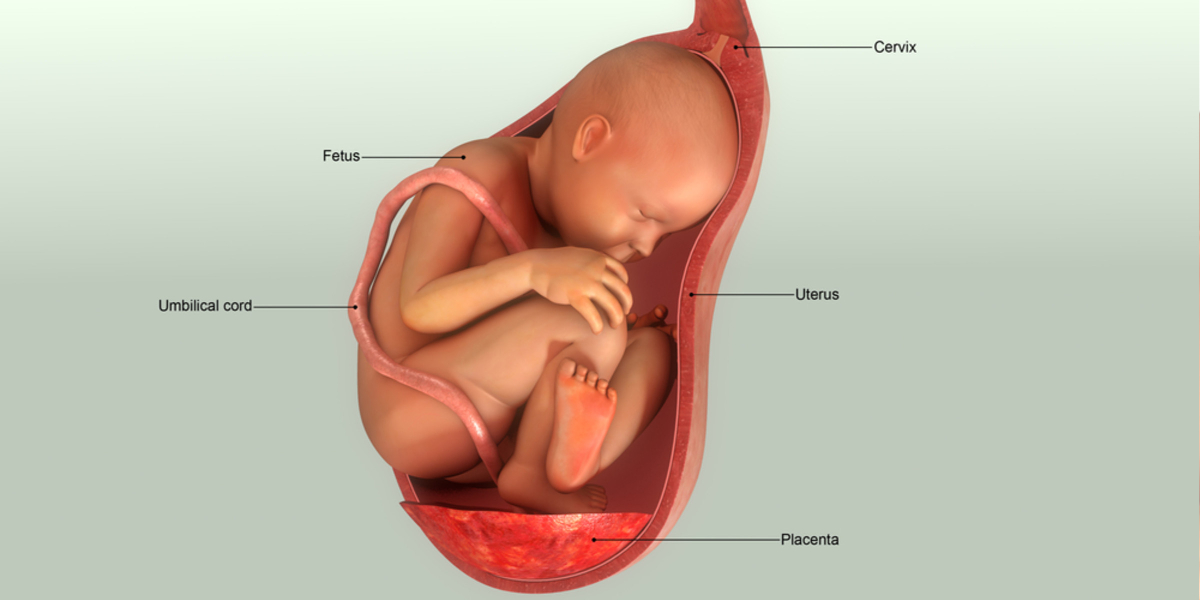


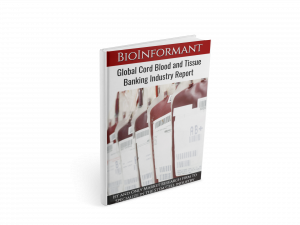




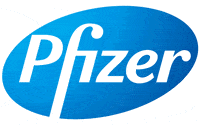




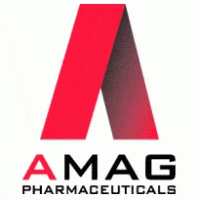


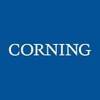

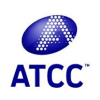


Tell Us What You Think!